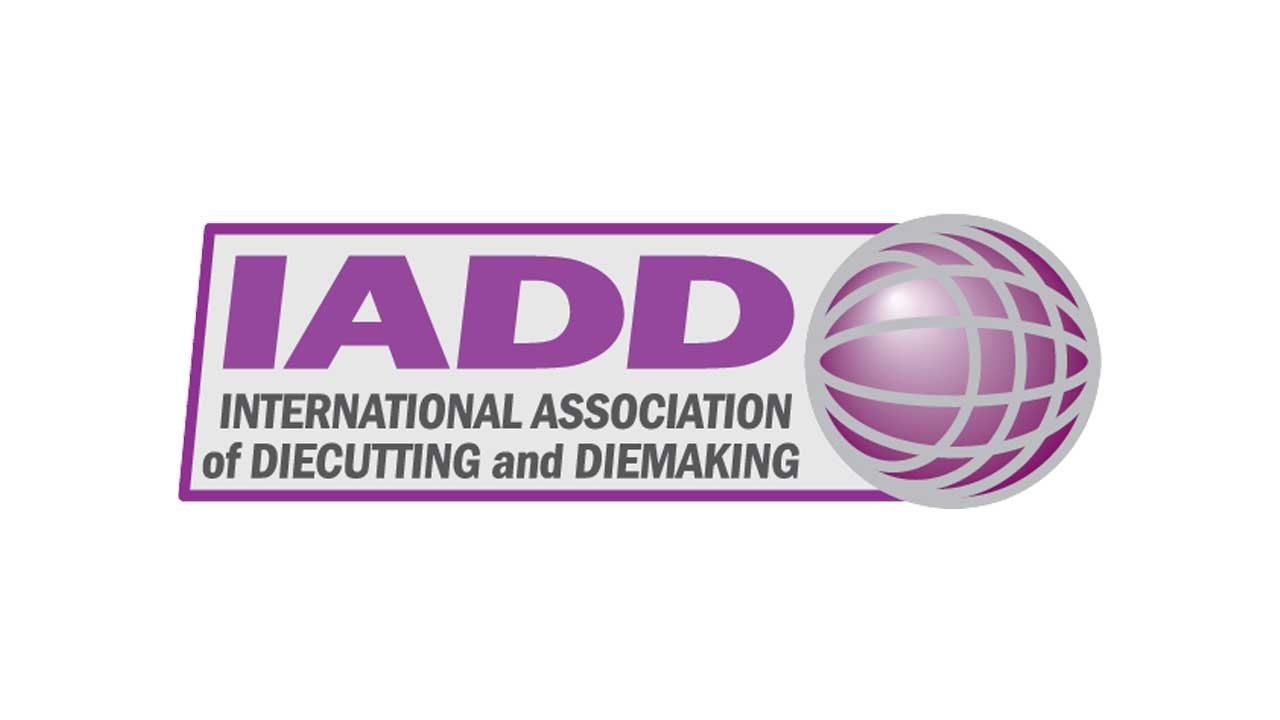Themes for 2018

The strength of the label industry outside the developed nations is a direct result of the growing middles class, primarily in India and China, but also now across the ASEAN region, Africa and the Middle East. In the latter markets, along with Latin America, the younger profile of the consumer audience opens up new opportunities for innovative interactive marketing campaigns with labels at the core.
In developing markets there is still huge potential for pressure-sensitive growth, both in film and paper face and carrier materials. PS consumption figures in India, for example, remain below 1sqm per person compared to up to 17sqm in the most mature markets. You can find a review of the prospects for these markets in this edition of the Labels & Labeling Yearbook.
In Europe and the Americas, the key driving forces for innovation and growth are the changing habits of consumers and the rapid move by brands between packaging formats.
To take one example, the fast-growing craft beer market has moved rapidly from wet-glue labels on smaller size bottles, to premium PS label papers closer to typical wine grades, and now to cans. Although most cans are direct printed, in a short run premium market such as this, there are opportunities for new roll-on-shrink-on or pressure-sensitive label formats. UPM Raflatac for example is currently trialing a bio-film for can labeling.
Coffee is another market which has seen rapid format changes through the course of this year, from wet-glue on catering size containers and glass jars to short run premium pouches of multi-variant products.
In all global markets the need for labels to get smarter will also drive premium value growth. This starts with global supply chain management and track and trace, and moves to environment (temperature, pressure) sensing, freshness indicators and integrated security elements from RFID to specialist inks and varnishes. Consumer engagement will also drive innovation. Not just personalization and customization but also linking to social media platforms through augmented reality (AR), NFC and scannable codes.
Legal requirements to add more and more information is another key innovation driver, favoring added value formats which still allow powerful branding while presenting data on ingredients, pack recyclability and nutritional information. Shrink sleeves, bottom panels on IML containers, extended format pressure-sensitive labels (multi-panel, peel and read, booklet labels, AR-enabled labels) will all benefit.
What does all this mean for the label converter? It means first and foremost agility. The need to match rapid changes in label and packaging formats requires presses capable of handling a wide range of different substrates. Modern fully automated presses are fully capable of meeting these requirements, as we make clear in the Press Trends article in this Yearbook.
In developing markets the requirement is more for super-efficient pressure-sensitive label presses, without such high levels of automation. This is the key reason that press manufacturers now offer their platforms in a range of automation levels, and it is why ‘PS-only’ presses remain in the major press manufacturers’ development programs.
Where does digital fit into this puzzle? As we make clear in this Yearbook, flexography is now targeting ever-shorter runs using fixed color palettes, sleeves, pre-setting and fast change dies to reduce make-ready time and waste. So digital needs to find its own value above and beyond simply a short run flexo alternative.
And this is where smart labels and consumer engagement provide key value drivers. From track and trace to anti-counterfeit, to personalized packaging and providing bespoke language variants, digital is without doubt the standout process, whether in hybrid format or stand-alone machines with value-adding finishing units.
All these factors help explain why the labels market globally continues to grow while commercial print markets struggle, and they provide the key themes for this Yearbook.
This editorial leader was first published in the 2018 L&L Yearbook, available to read online here
Stay up to date
Subscribe to the free Label News newsletter and receive the latest content every week. We'll never share your email address.


